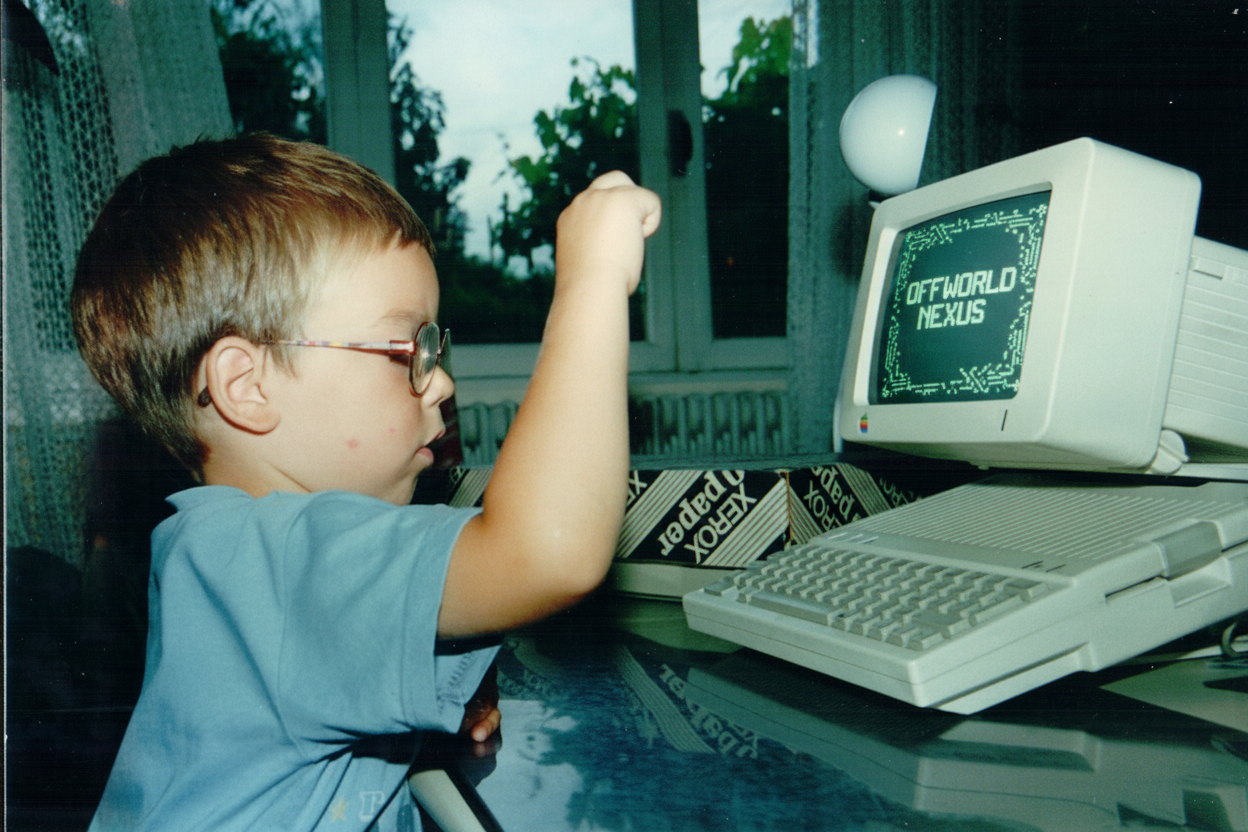About this site

Hi there, I'm Rémy!
When I set out to make websites at the dawn of the Millenium, I used Macromedia Dreamweaver to write HTML and quickly realized I'd have to run a computer 24h/day in my parent's office to serve them. PHP code was saved in a folder, backed up into timestamped folders for posterity. And while a massive majority of people used to work this way at the time, none of it is considered best, good or even acceptable practice anymore.
What is happening today with AI is very exciting, because I see the same patterns emerging. Similarly in how we thought that WYSIWYG editors were the most important challenge to scaling web development, prompt engineering was hyped as the cornerstone of using AI, but the real challenge appeared elsewhere. Try to actually make a team work on a LLM project, you will realize that the traditional Git-based process crumbles.
The industry has been blindsided by what is happening. Code used to be right or wrong, validated by unit testing. On the other hand, AI works more or less well, neither 0% nor 100% of the time. It all depends on the prompts, contexts and models that you are using. Possible inputs are infinite. The only way to test is directly against production data. How do you version and deploy that?
Adding to this, you need to navigate an ecosystem almost exclusively composed of pseudo-open-source tools that in fact are unusable without the associated cloud service. Not only the vendor lock-in is a real danger, but also none of them cover the totality of your needs. To compose a product integrating locked-in tools accomplishing presumed best practices is hard.
As CTO of WITH, a SaaS builder company, it is my job to understand what emergent technology will be relevant tomorrow. Because one thing is for sure: we'll have to integrate AI at every single layer of what we deliver, accomplishing features that were previously not possible, redesigning UX patterns and user stories around new, unknown ways.
Through this publication, I will seek to identify the tools and practices for a successful transition into this new world of possibilities. I will cover the whole palette to scale up AI beyond the PoC:
- Structure and combine the tools that you need for a successful product
- Set up your infrastructure for the agility that you require
- Design agents and tools for production-grade reliability
Tag along if you are interested!
